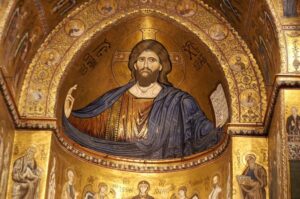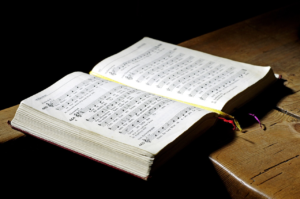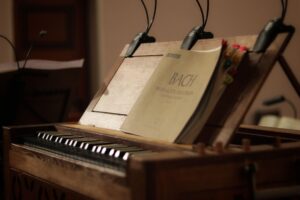Harmony of Heaven and Earth: Music and the Church in All Its Forms
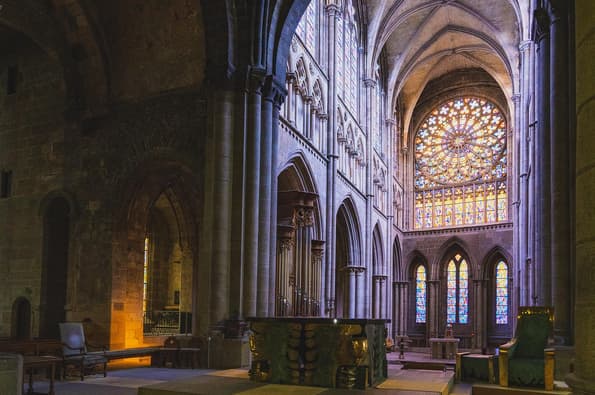
Throughout history, music has been inseparable from the life of the church. From the earliest chants echoing through stone cathedrals to the electrified rhythms of contemporary worship bands, music has shaped how faith is expressed, experienced, and transmitted across generations. It speaks when words alone cannot, creating a bridge between the earthly and the divine. Whether through solemn hymns, exuberant gospel choirs, or contemplative organ pieces, music in the church has manifested in countless forms, each reflecting the spiritual, cultural, and historical moment of its time.
The role of music in religious practice goes beyond aesthetics. It is not only about sound, but about shaping community identity, aiding memory of sacred texts, and inviting participation in worship. To understand music in the church is to explore the diverse ways faith communities use melody and rhythm to give life to their beliefs.
Music as a Sacred Tradition
One of the oldest and most enduring manifestations of music in the church is sacred tradition. Gregorian chant, for example, dates back to the early Middle Ages and became a foundation for Western liturgical music. Its unison voices, without accompaniment, embodied spiritual simplicity and were meant to elevate prayers above ordinary speech. Similarly, Byzantine chant and other ancient traditions reflect the unique theological and cultural landscapes of their communities, emphasizing solemnity and reverence.
Hymns soon followed, providing congregations with a way to participate actively in worship. Writers like Martin Luther and Isaac Watts revolutionized the practice of congregational singing, ensuring that the faithful did not merely listen but joined in. These hymns, often grounded in scripture, were set to memorable tunes that carried the message of faith into the everyday lives of believers.
Organs, bells, and choirs became fixtures in cathedrals, creating soundscapes that lifted worship beyond the ordinary. Sacred music was also educational: it embedded doctrine into the hearts of worshippers, teaching through repetition and beauty. In this way, music became not only art but theology in sound.
Music as Community and Cultural Expression
While sacred tradition preserved the theological depth of music, churches also became places where cultural identity and community found expression. Gospel music in African American churches, for example, grew out of deep struggles and spiritual resilience. Rooted in both African musical traditions and Christian hymns, gospel brought forth a style rich with rhythm, call-and-response, and heartfelt improvisation. It was as much a cultural celebration as a spiritual practice, a way for communities to affirm their identity and hope in the face of adversity.
In Latin America, churches often incorporated local instruments and folk rhythms into worship, blending indigenous sounds with Catholic liturgy. This fusion created new styles, such as the lively mariachi masses in Mexico or Afro-Caribbean drumming in island parishes. Music in these contexts was not only sacred ritual but also a celebration of culture and heritage.
Today, multicultural congregations around the world reflect this diversity by blending languages, instruments, and traditions in their worship. In doing so, music becomes a living testimony of the universality of faith and the rich variety of human expression. It unites people not by erasing differences, but by harmonizing them into a shared act of worship.
Music as Contemporary Worship and Innovation
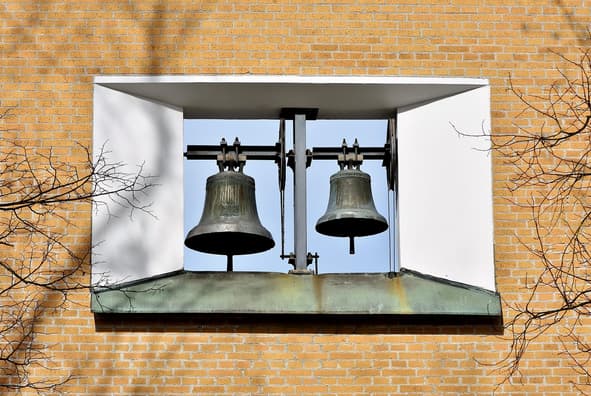
In the last century, another significant manifestation of music in the church has been contemporary worship. Many churches today embrace styles influenced by popular music—rock, pop, jazz, or electronic sounds—while still maintaining a sacred focus. Worship bands with guitars, drums, and synthesizers are common, particularly in evangelical and non-denominational churches.
This shift reflects not only changing tastes but also an effort to make worship more accessible and relatable. Lyrics are often projected onto screens, encouraging collective singing, while rhythms and melodies echo what people might hear on the radio. For many, this creates a sense of immediacy and emotional connection that traditional hymns may not always evoke.
Technology has also transformed church music. Livestreamed services, digital choirs, and virtual instruments allow communities to worship together even when physically apart. Apps and online platforms provide endless playlists of worship music, extending the experience beyond Sunday gatherings into daily life.
Yet this innovation is not without debate. Some argue that entertainment risks overshadowing reverence, while others see it as a necessary adaptation to reach younger generations. Regardless of opinion, contemporary worship music demonstrates how the church continues to evolve, responding to cultural shifts while striving to maintain its spiritual core.
Conclusion
Music and church, in all their manifestations, form an inseparable bond that spans centuries, cultures, and styles. From the solemn beauty of ancient chants to the communal joy of gospel, from the quiet dignity of organs to the electrified energy of modern worship bands, music continues to be a central way faith is expressed and experienced.
Its role is more than accompaniment; it is theology, culture, and community set to sound. It teaches, it unites, it consoles, and it celebrates. In every manifestation—traditional or contemporary, global or local—music reminds us that worship is not only about spoken belief but also about lived, sung, and felt experience.
In the end, music in the church will always remain a reflection of humanity’s search for the divine, a universal language that resonates across boundaries, lifting hearts and voices in harmony with eternity.
